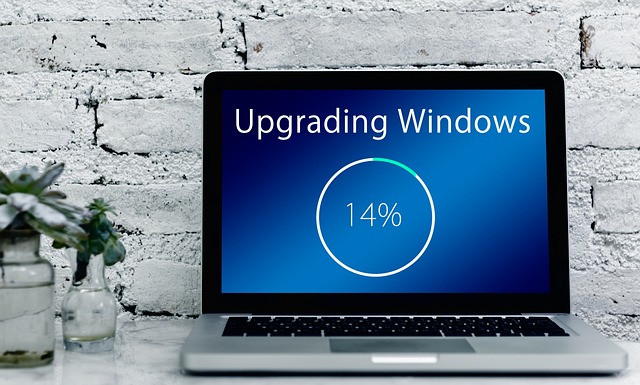Become a Server Administrator

The job of a server administrator is to, “Install, administer, and optimize company servers and related components to achieve high performance of the various business applications supported by tuning the servers as necessary. This includes ensuring the availability of client/server applications, configuring all new implementations, and developing processes and procedures for ongoing management of the server environment. Where applicable, the Server Administrator will assist in overseeing the physical security, integrity, and safety of the data center/server farm.”
The server administrator is one of the most important people in a company. You are in charge of all the servers, workstations, and networks and you ensure that all systems are running efficiently. If there are any problems, you are the first line of defense when it comes to troubleshooting problems. You are also in charge of installing new programs, adding users, and updating the operating system. Without you, the whole computer system in a business could not function. Here are some of the tasks, skills, and knowledge you need to become a server administrator.
Necessary for a Server Administrator

It is always safe to bet that the most direct path to gain success in this field is through knowledge – studying mixed with relevant job experience. A big concern many individuals may encounter when on the path to server administrator certification is being more occupied with learning everything necessary to pass a certification exam and not taking the time to really get to know the material.
When learning material, always bear in mind that it does not matter the score on the certification exam or the number of times taken before receiving a passing score, but what does matter is when faced with why bridgehead domain controllers are not replicating information between websites, is if you are able to resolve the issue on your own to aid in driving it to a resolution.
VPN access: If the VPN enforcement method is used, the VPN solution is critically important for an MS-NAP implementation. This external (Internet) connections is for internal VPN connections for higher level secure sites within your private network if used. Network equipment: Ensure that your equipment supports 802.1X authentication, especially if using wireless clients or the 802.1X EC. DHCP networking: The DHCP network in regard to the MS-NAP implementation is important, as there are scope options that designate a class for remediation should a system not be compliant with the MS-NAP policy.